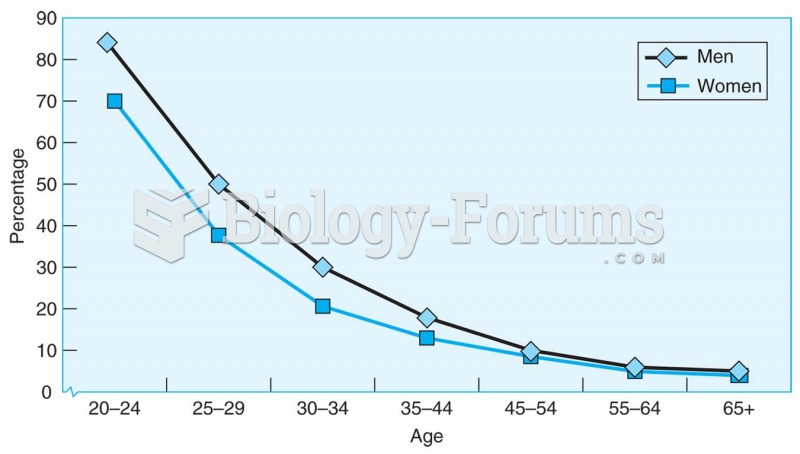|
|
|
Did you know?
The shortest mature adult human of whom there is independent evidence was Gul Mohammed in India. In 1990, he was measured in New Delhi and stood 22.5 inches tall.
Did you know?
There are more nerve cells in one human brain than there are stars in the Milky Way.
Did you know?
Excessive alcohol use costs the country approximately $235 billion every year.
Did you know?
Studies show that systolic blood pressure can be significantly lowered by taking statins. In fact, the higher the patient's baseline blood pressure, the greater the effect of statins on his or her blood pressure.
Did you know?
Vaccines prevent between 2.5 and 4 million deaths every year.







